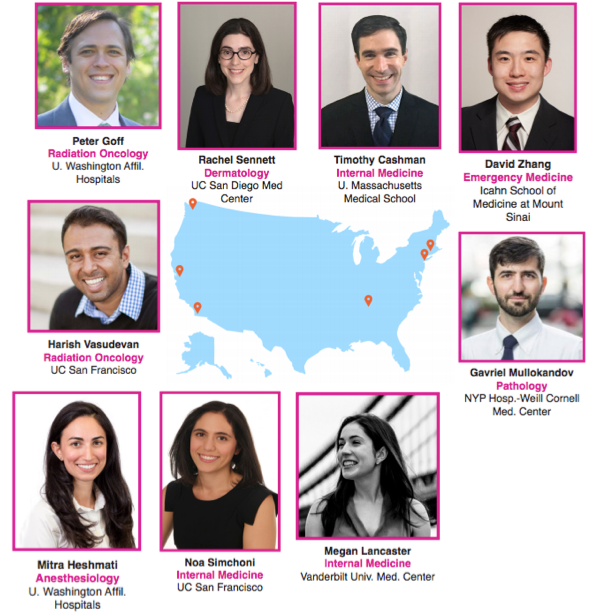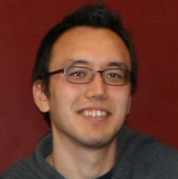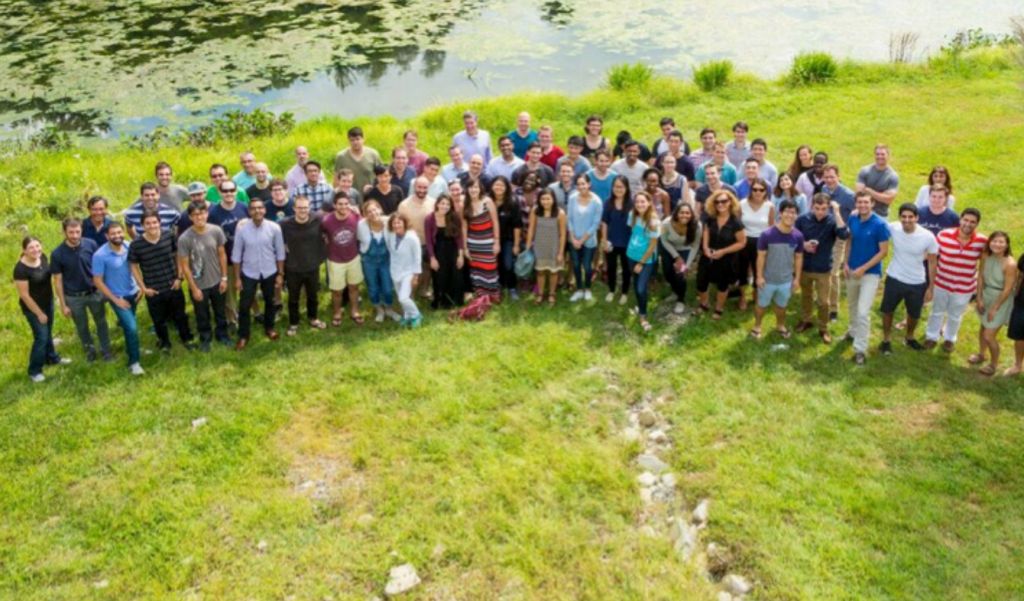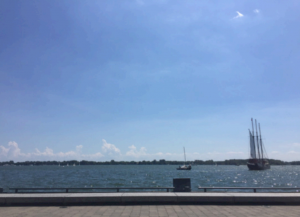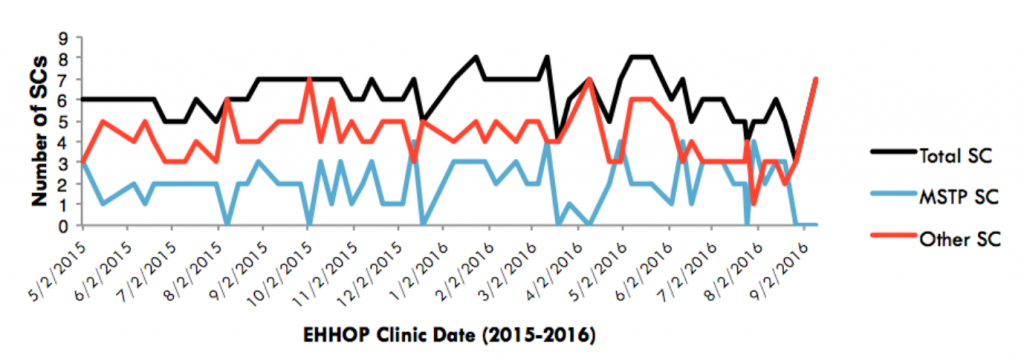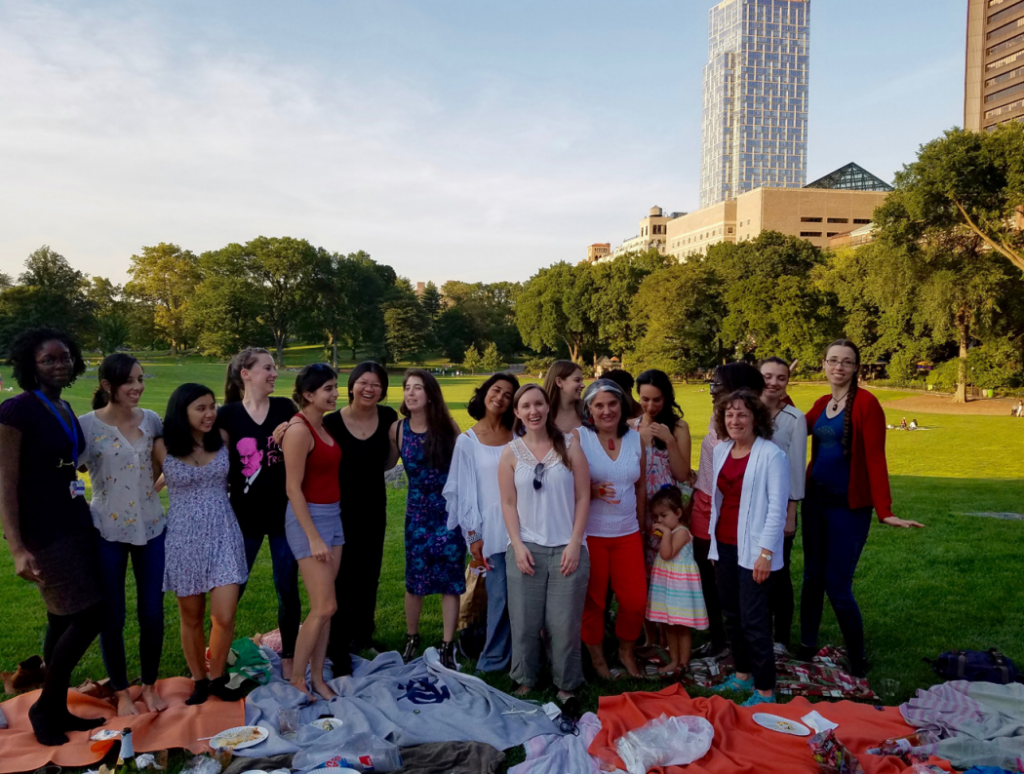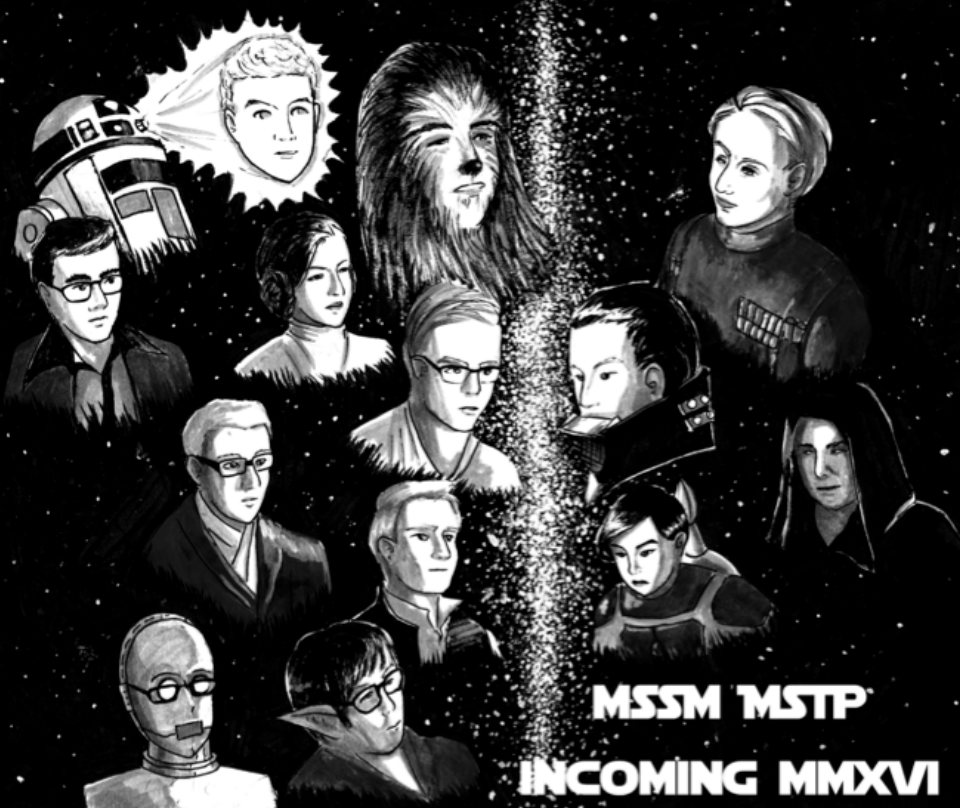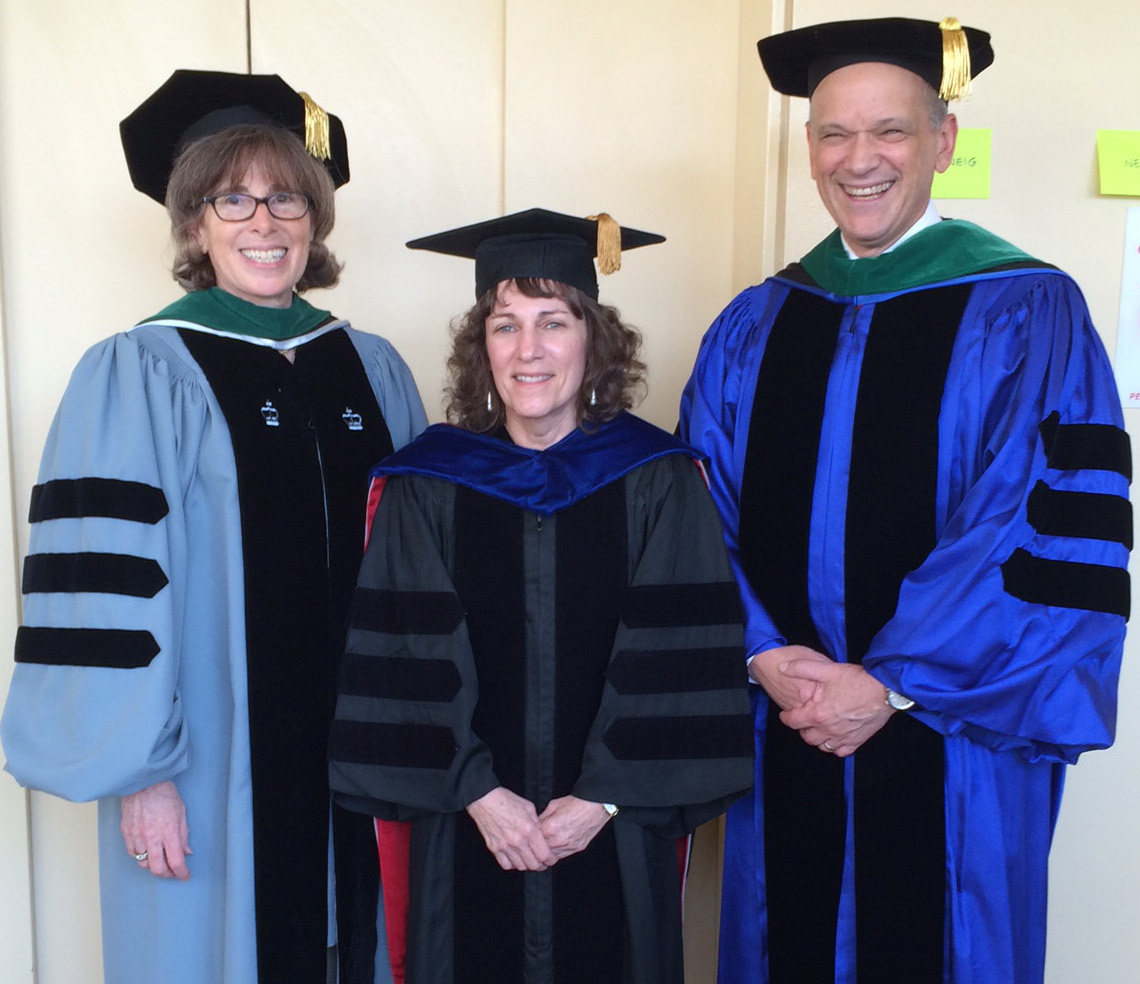Authors: Associate Director Ben Chen, MD PhD; Associate Director Talia Swartz, MD PhD; and Director Margaret H. Baron, MD PhD
It is an exciting time for the Icahn School of Medicine MSTP. Many thanks to the new editors and the writing team for rejuvenating the MSTP Newsletter. We have numerous updates since our last issue.
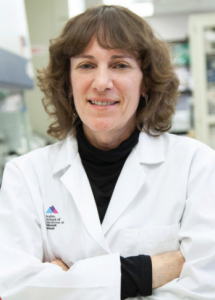
Director of the ISMMS MSTP, Margaret H. Baron, MD PhD
In October, 2015, we proudly welcomed Gayle Schneiderman as administrator of the MD/PhD program. She has been strongly committed to our students, multitasking very effectively, and making sure that everything runs smoothly.
Warm congratulations to our graduating class of 2016! We celebrated their achievements over champagne and cheese, shortly before Commencement. Our MD4 students did phenomenally well, matching in top programs all around the country. We are delighted to welcome them to our alumni network and hope that they will continue to serve as informal mentors to our students as they move on in their training. We also congratulate the large cadre of 13 newly defended PhD recipients this year and celebrate their impressive accomplishments in the laboratory.
A new MSTP-tailored core curriculum that was redesigned to integrate with the MD1 curriculum version 1.0 was successfully launched in fall 2015 and spring 2016 (BMS for MD/PhDs). We were able to offer a dedicated section of Responsible Conduct of Research (RCR) for MD/PhD students as well. All MD1 students took this course last fall, thereby freeing up some time when they begin to work in the lab in the PhD phase of the program. Our students also took the biostatistics course MPH0800 last fall. This course was considered more rigorous and relevant to the needs of MD/PhD students.
All graduate students, including MD/PhD students, can begin their thesis research much more rapidly as a result of the elimination of the General Knowledge Exam and the earlier timing of the Thesis Proposal Exam. The format of the Thesis Proposal is the same as that for an NIH F30/31 proposal and we strongly encourage all students to submit a proposal to the NIH as early as possible.
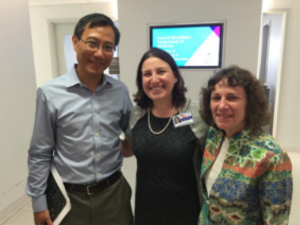
From Left: Associate Director Ben Chen, MD PhD; Associate Director Talia Swartz, MD PhD; and Director Margaret H. Baron, MD PhD.
We are excited to welcome our MD1 students, who arrived in July and have been engaged in summer rotations and an outstanding interactive course called Problem Solving in Biomedical Sciences. Just days after their arrival at Sinai, they were interacting on a professional level, teaching each other, analyzing and distilling information, and proposing novel and thoughtful new approaches to current scientific problems. They have made us very proud!
The 2016 Annual MSTP Retreat took place September 9-11 at the Bushkill Inn in the Pocono Mountains. It was a great opportunity for all of our students to bond. Our keynote speaker was Dr. Vincent Racaniello, Higgins Professor of Microbiology and Immunology at Columbia University, author of Principles of Virology, and celebrity host of the podcast TWIV (This Week in Virology). The breakout sessions were informative, the alumni participants inspiring, the student presentations fantastic, and the scientific discourse stimulating. Unique and grandiose awards were presented for the best posters, to Mark Bailey, Matt Chambers, Fiona Desland, Efrain Ribeiro, Ranjan Upadhyay, and Lum Zony. Many thanks to the Retreat Planning Committee for their hard work, new ideas, and enthusiasm and for organizing such a successful event.
Our MD/PhD Program Admissions season is about to begin, and we always appreciate the great efforts that the current students make to help us to continue to recruit the best students to our program. We appreciate the input of student representatives on the MSTP Admissions Committee and are pleased to announce that student interviewers will now be full voting members of the committee! The interview season always helps to showcase the accomplishments of our students and the unique qualities that make this MSTP great.
We warmly thank everyone who put in many hours of work for preparation and submission of our competitive renewal of the MSTP T32 Training Grant. The collection of data from our 94 students, ~180 participating faculty, MTA directors, alumni, and ISMMS leadership was no easy feat, but it allowed us to take stock of what a special program we have and how productive our students are. We learned, for instance, that our students publish an impressive average 5.6 papers before they graduate and that these are mostly in translational or clinically relevant areas of biomedical research. Over 80% of our graduates are in academic medicine, pharma, or biotechnology. The program is now approaching its 40th anniversary of NIH funding! We are so proud of the accomplishments of this MSTP and of our current and past students. This fall, we look forward to showcasing for the NIH site visitors the unique strengths of our program.
It’s a great time for our MSTP and we continue to marvel at the wonderful achievements of our students. Advances in science are coming faster than ever and there has never been a greater need for scientists who understand the major challenges of clinical medicine. We are proud to be involved in the training of future physician scientists who will transform the face of translational medicine.

